The Neuroscience of Language
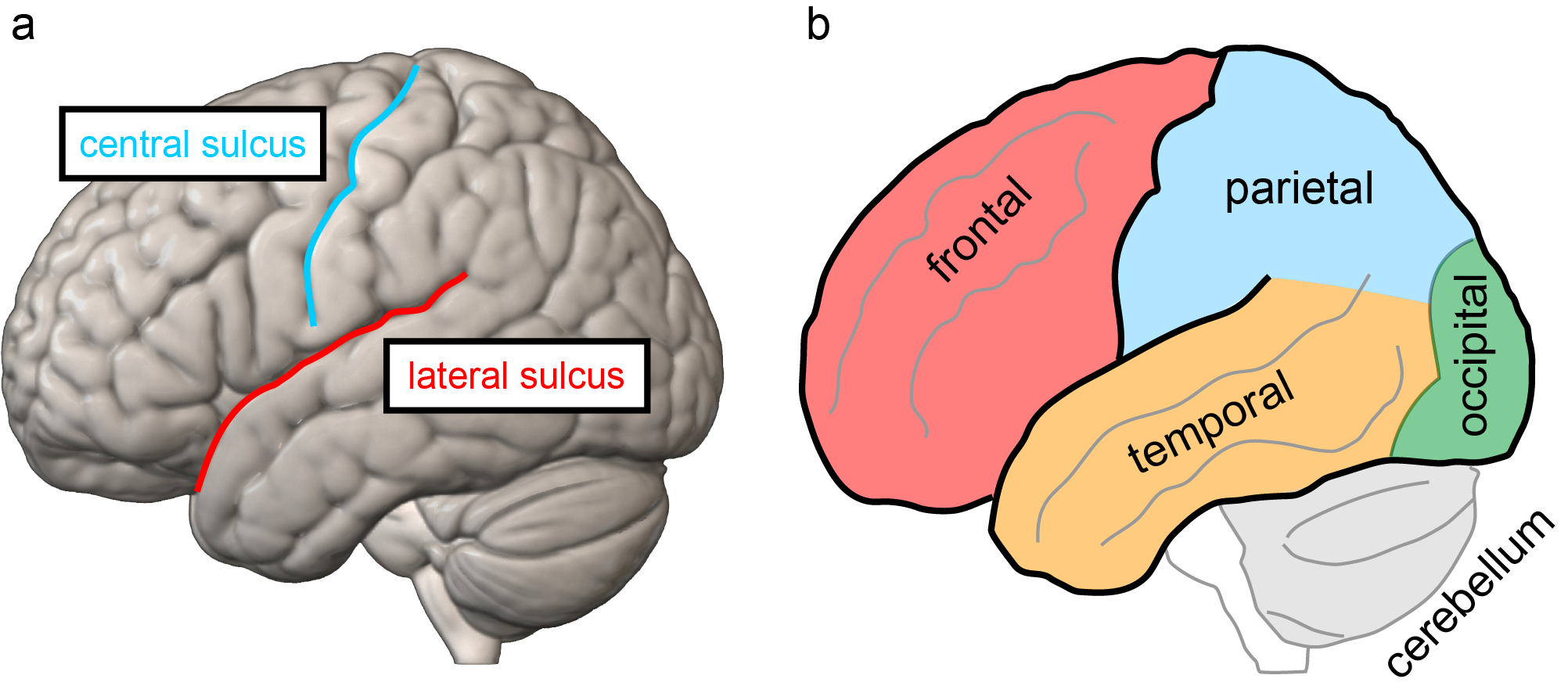
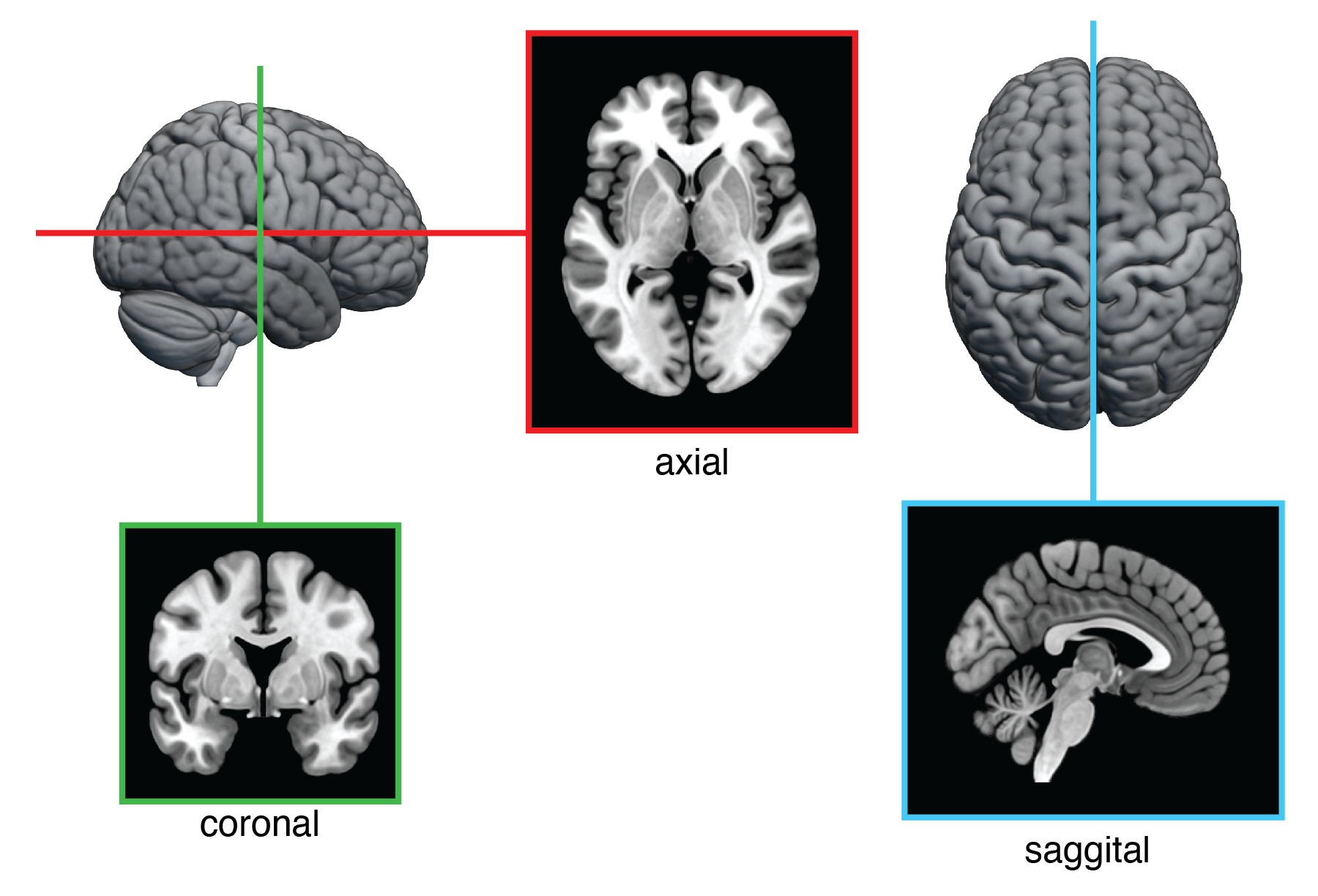
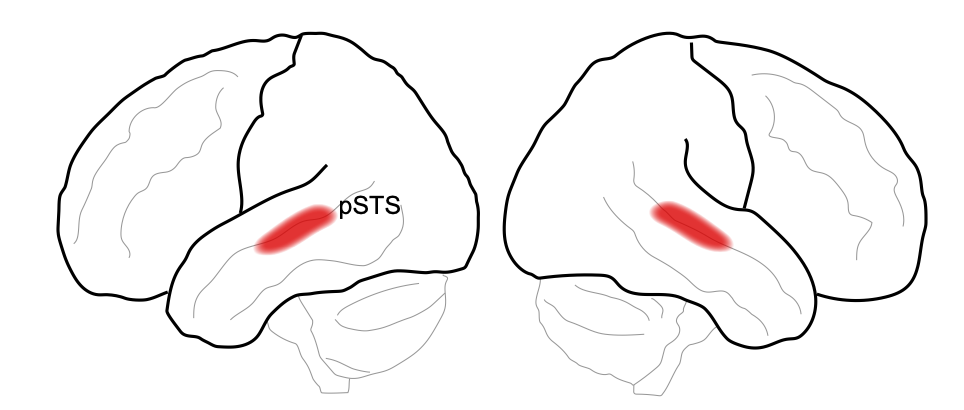
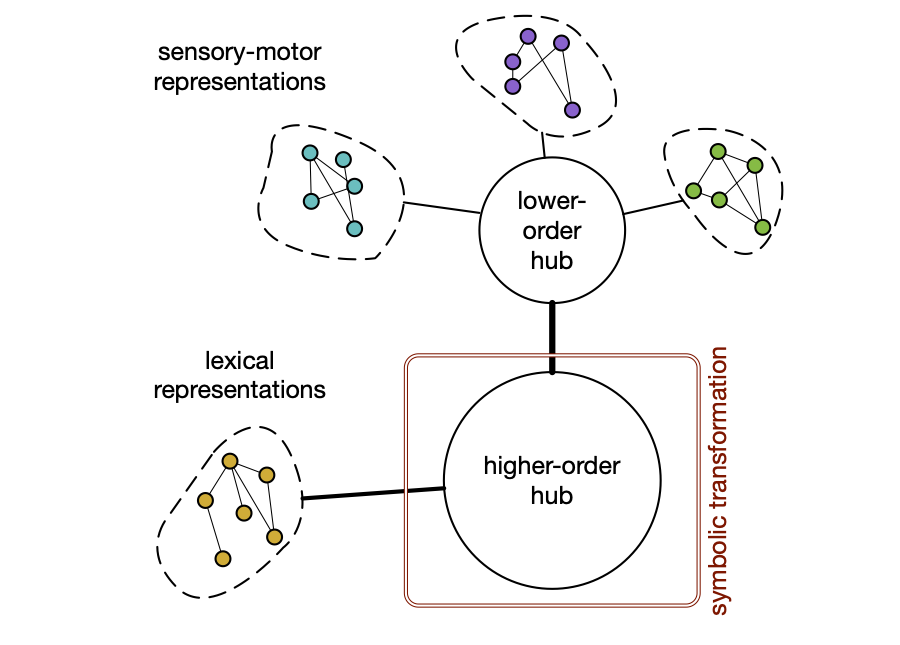
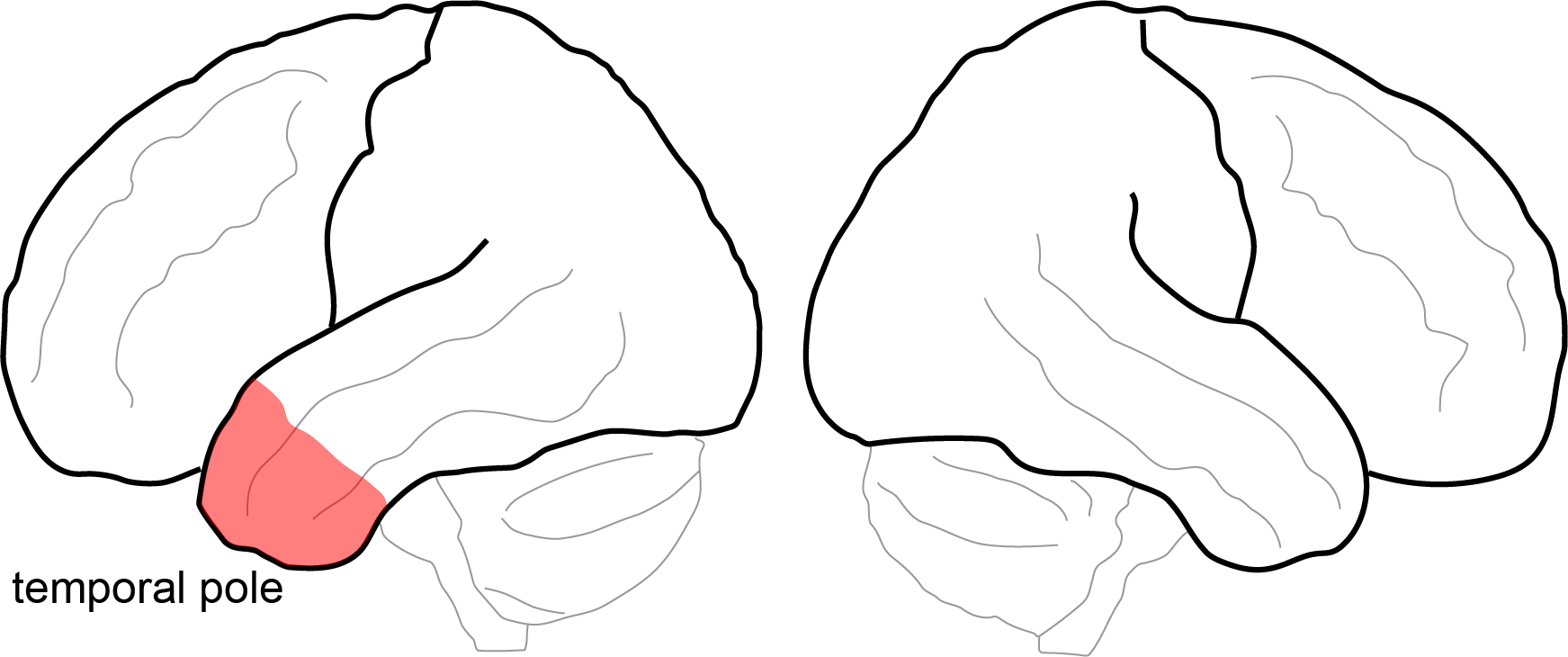
The Neuroscience of Language (Cambridge University Press) provides an accessible introduction to language and the brain suitable for students in a range of disciplines. I enjoyed writing this book and was intentional about some of the specific features, including:
Nearly entirely avoiding in-text parenthetical citations, focusing on big picture ideas (references are given in endnotes);
Providing some interesting anecdotes and rabbit holes in endnotes for interested readers;
A list of “further reading” for each chapter, pointing towards relevant primary literature;
Over 80 illustrations, most of which I created myself. On the downside, I am not an artist. On the upside, there is a consistent style which focuses on major findings. Oh and the figures are available CC-BY from OSF.
Chapters
Introduction: transferring ideas from one brain to another
Methods of cognitive neuroscience
A structural foundation: anatomical considerations and primary brain regions
Speech production: the beginning of the speech chain
Auditory processing: getting sound from the ear to the brain
Speech sounds: phonemes and word forms
Word meanings and concept representations
Combining meaning across words
Additional forms of language communication
Language as a whole-brain enterprise.
